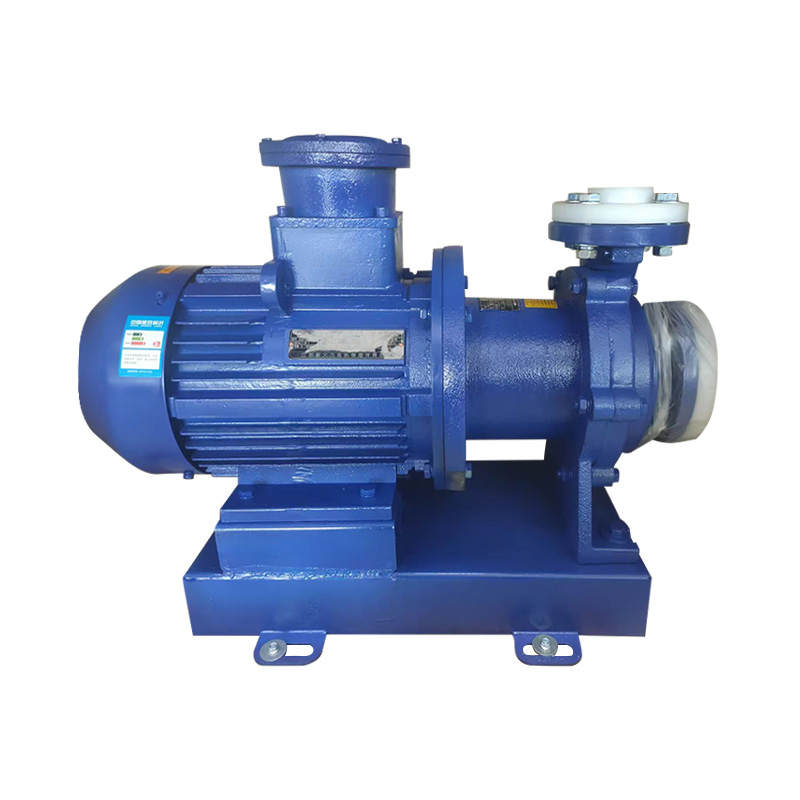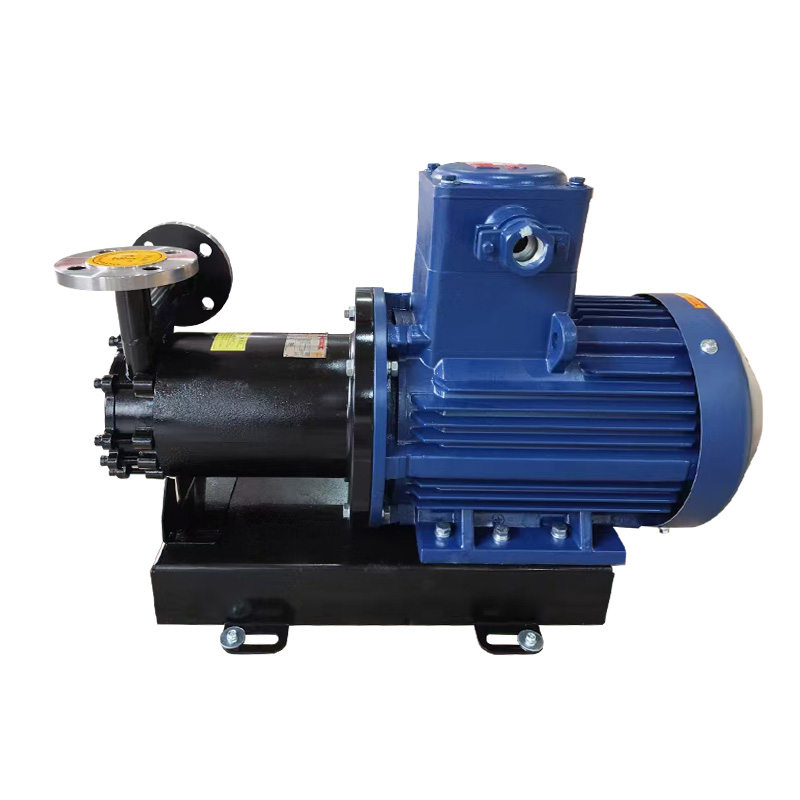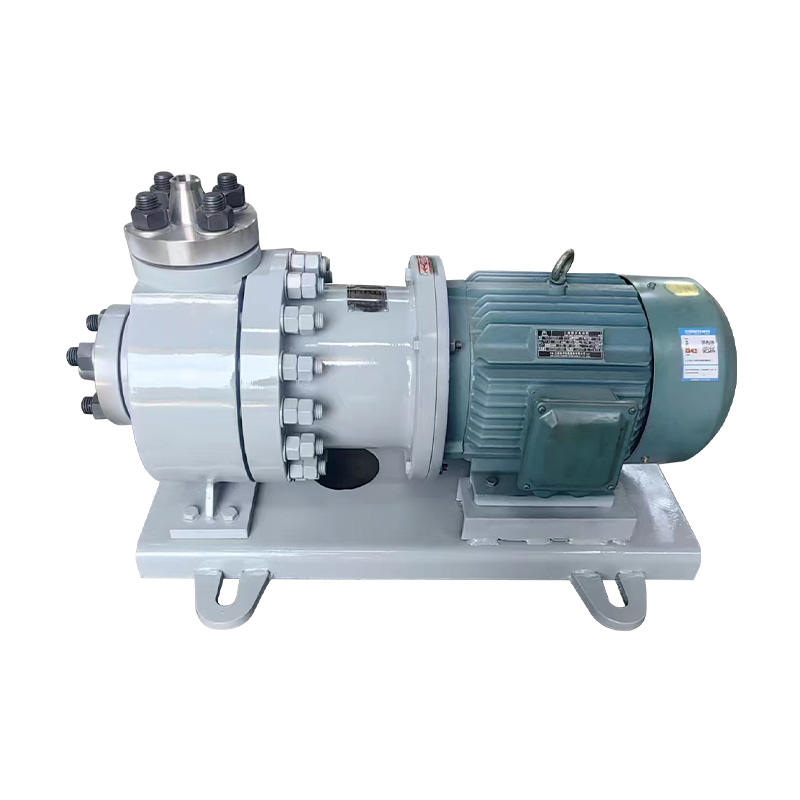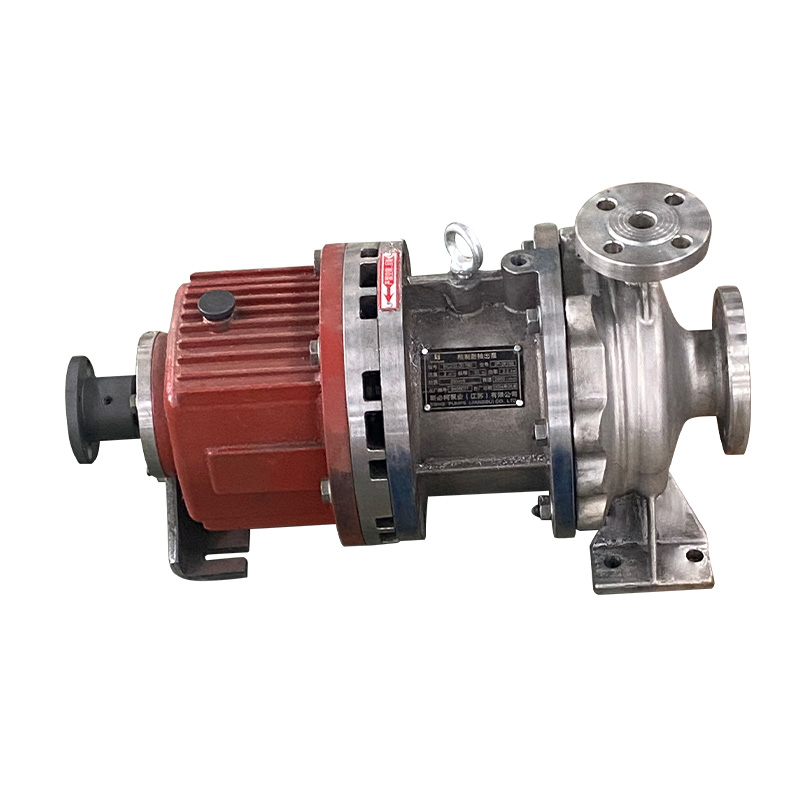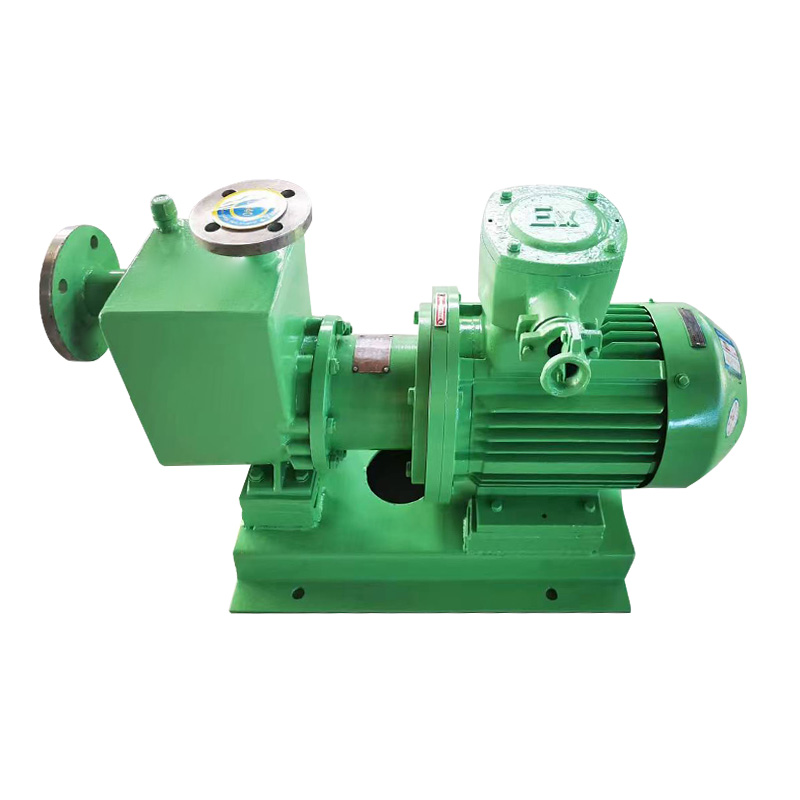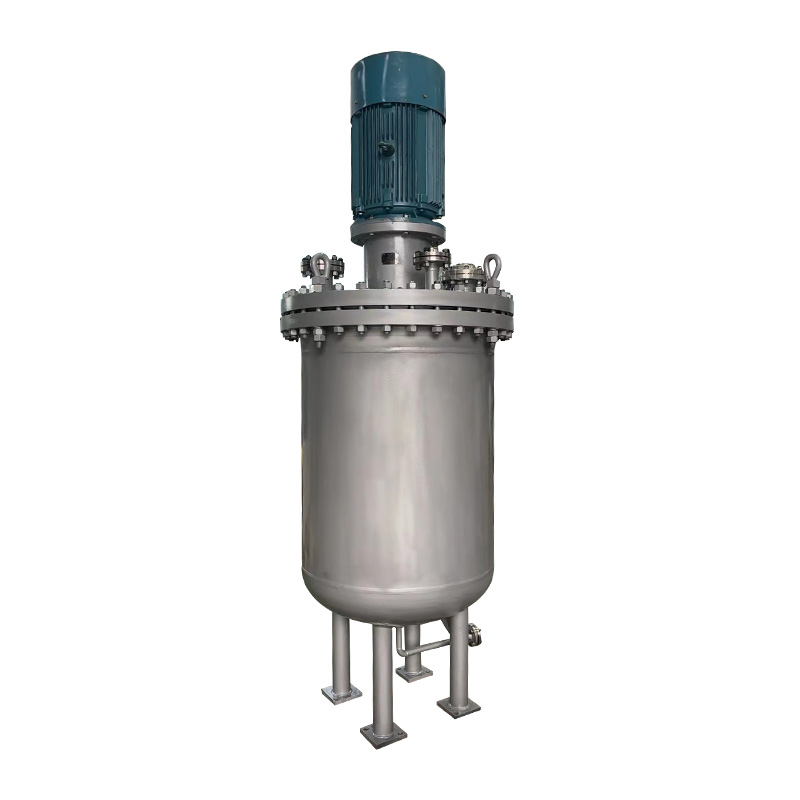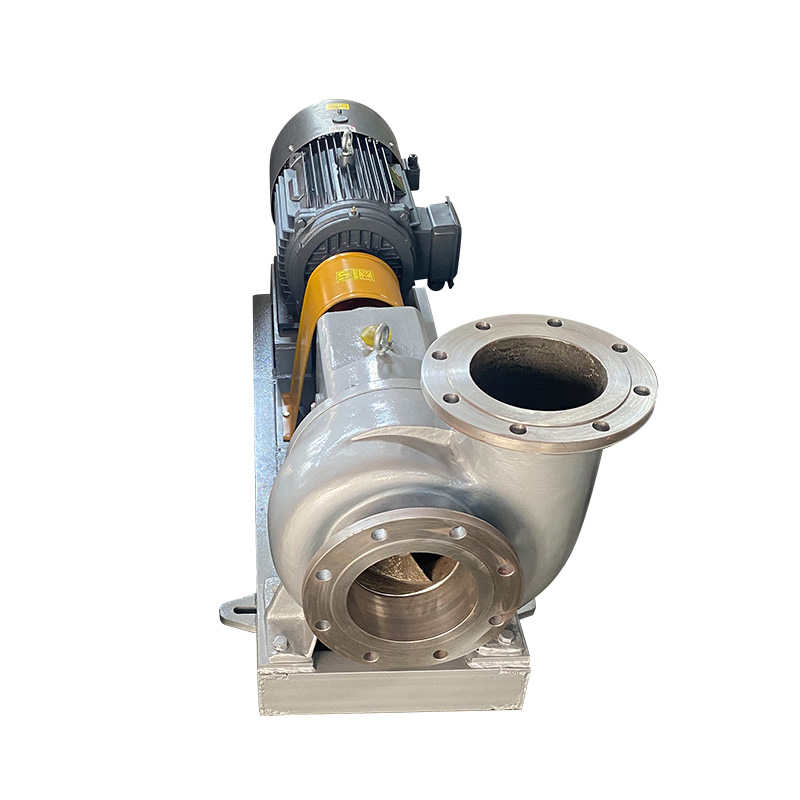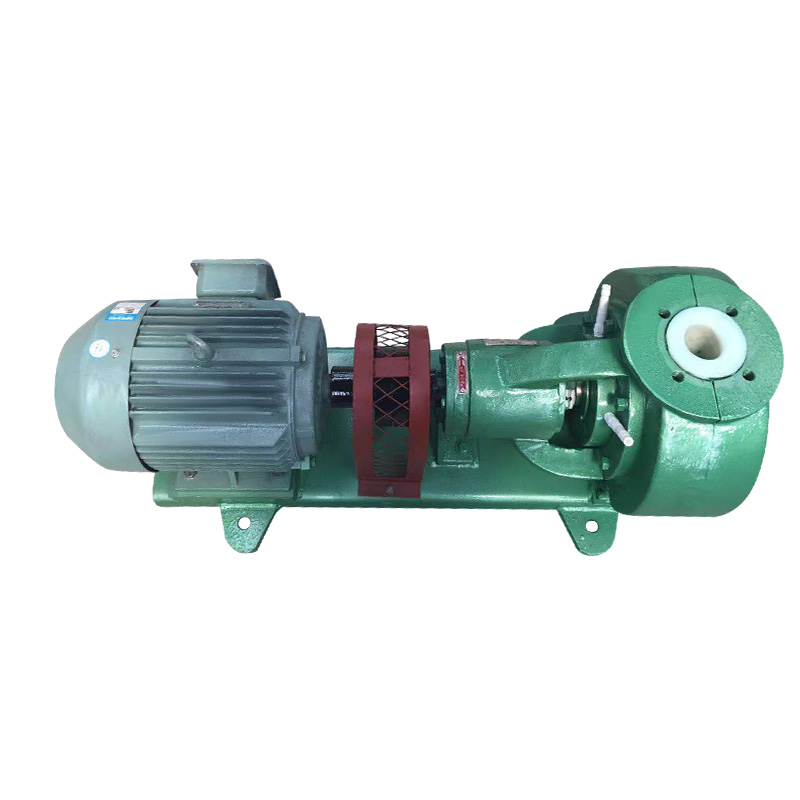1. Challenges of traditional pumping system: complex startup and low efficiency
Traditional pumping systems generally face the problem of requiring additional operations during startup. In many traditional pump systems, the startup process of the pump is not as simple as it seems on the surface. Especially in the process of liquid transportation, air often accumulates in the pipeline and pump body, and external equipment or manual operation is required to expel the air in order for the pump body to work normally. This process not only increases the startup time, but also brings additional energy consumption and operational complexity. For industrial production systems that require efficient and continuous operation, this additional operation step often leads to reduced production efficiency and even unnecessary system shutdown.
In addition, the startup process of traditional pump systems may sometimes cause startup delays or failure to start smoothly due to residual air in the pipeline, which in turn affects the stability and continuity of the pumping system. These problems significantly increase operating costs and also weaken the overall work efficiency of the system. Therefore, how to eliminate problems during the startup process has become the key to improving pumping efficiency.
2. Centrifugal Self Priming Pump's Self-priming Design: Solve the Startup Problem
Compared with traditional pumping systems, one of the biggest advantages of Centrifugal Self Priming Pump is its self-priming design. The self-priming function allows the pumping system to automatically remove air from the pipeline when starting, without the assistance of external equipment or additional operations. This innovative design not only improves the startup efficiency of the pumping system, but also significantly simplifies the operation process. Through the self-priming design, the pump body can build up suction in a shorter time, so that the liquid can be quickly sucked in and start working.
This self-priming function ensures that the pump body automatically starts without manual intervention, avoiding the complicated air removal process during startup in traditional pumping systems. The startup time of the pumping system is greatly shortened, and the operation becomes easier, which provides great convenience for production systems that need to operate efficiently. In addition, the self-priming design can automatically remove air in the event of accidental air accumulation in the pipeline, ensuring the continuity and stability of the pumping process.
3. Improvement of overall pumping efficiency by self-priming design
The self-priming function of Centrifugal Self Priming Pump can not only improve the startup efficiency, but also significantly improve the overall pumping efficiency. The startup process of traditional pumping systems often relies on manual intervention or external equipment, which not only takes extra time, but may also fail to start due to human error or equipment failure, causing system downtime. In contrast, centrifugal self-priming pumps can automatically start and exhaust air without the assistance of external equipment, avoiding many problems of traditional pump systems.
The advantage of this self-priming design is that the equipment can automatically adjust its operating status under complex working conditions without manual intervention or additional operation, ensuring the efficiency and continuity of the pumping process. In a production environment, pumping systems often need to run continuously for a long time, and any downtime or decline in efficiency will have a serious impact on production. The Centrifugal Self Priming Pump reduces manual intervention and external equipment dependence during the startup process, making the pumping process smoother and more efficient, and providing a guarantee for continuous and stable production.
For companies that need to handle pumping needs under different liquids and different environmental conditions, the adaptability of centrifugal self-priming pumps also greatly improves the flexibility of the system. Whether it is the viscosity, temperature or form of the pipeline, the centrifugal self-priming pump can quickly adapt and ensure efficient pumping results. This efficient and seamless startup method provides stronger protection for pumping systems that need to work continuously and stably, ensuring the continuous improvement of production efficiency.
4. Automation and simplification: improving the overall operational efficiency of the pumping system
The advancement of automation has gradually transformed the pumping system from manual operation to automated management. Centrifugal Self Priming Pump is a typical representative of this trend. Through the self-priming design, the startup and operation process of this pumping system has become more automated, reducing the need for manual intervention and improving the overall system operation efficiency. Automation not only reduces the interference of human factors, but also avoids possible operational errors during the startup of traditional pumping systems, thereby improving the stability of the system.
In addition, the self-priming design of Centrifugal Self Priming Pump greatly improves the flexibility of the pumping system. In the actual production process, the pumping system may face a variety of different working conditions, including different liquid types, pipeline designs, and operating environments. Traditional pumping systems often require a lot of debugging and adaptation work when facing these changes. The centrifugal self-priming pump, with its automation and intelligent characteristics, can adapt to different environments, reduce the need for frequent adjustments, and ensure the stable operation of the system.
This automated and simplified design not only improves pumping efficiency, but also helps companies save time and labor costs. The efficient operation of the pumping system can maximize productivity, reduce equipment downtime, and bring higher operational efficiency to the company.



 English
English русский
русский Español
Español